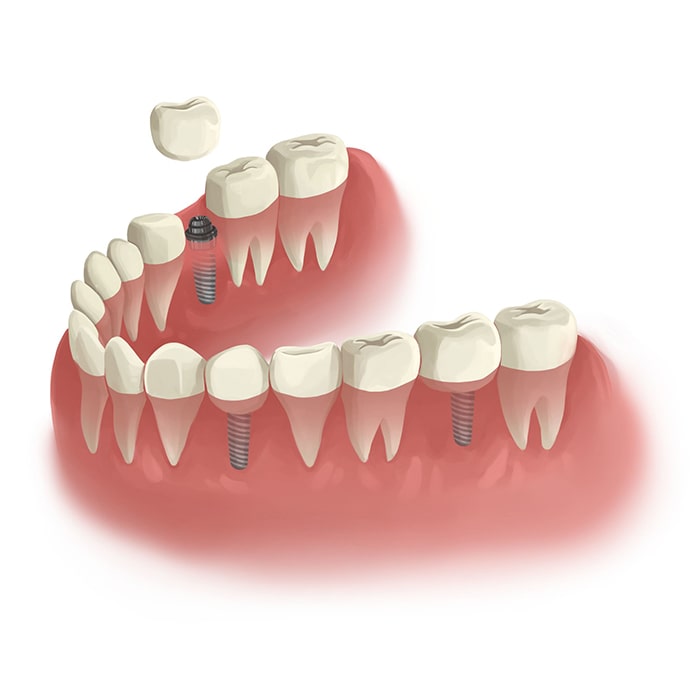Wisdom tooth extraction is a surgical procedure to remove one or more wisdom teeth the four permanent adult teeth which are situated on the back corners of your mouth at the top and bottom. A wisdom tooth extraction may occur at some point during your lifetime. Wisdom teeth (also called third molars) are the last ones to develop. They may be imperforate or stuck behind other teeth. If they are not treated they could cause infections and pain. A dentist or an oral surgeon typically performs wisdom tooth extractions. The procedure is typically a small cut in the bone and gum tissue. The procedure can be local or general anesthesia depending on the specific case. Here’s the information you should know about wisdom tooth extractions:
Wisdom tooth extractions are usually done by dentists or oral surgeons. Wisdom teeth are the most important of all. Wisdom teeth are also known as the third molars and usually the last tooth to erupt. Wisdom teeth may be extracted when they’re impacted. They develop at an angle and are pressed against other teeth. Wisdom tooth extractions may also be recommended if Wisdom teeth aren’t growing correctly, or if they are in a position to crowd other teeth, creating problems when chewing or speaking. Wisdom tooth extractions may be carried out under local anesthesia intravenous sedation, or general anesthesia. The degree of the procedure and the patient will determine the type of anesthesia utilized. Wisdom tooth extractions usually take between 30 and one hour to complete and patients are likely to experience some swelling and discomfort after the procedure. Most patients recuperate from Wisdom tooth extractions in a few days and can return to normal activities soon afterward.

They are usually required to be extracted from the gums and bone. Wisdom teeth are the last teeth to be seen, and they usually appear around the end of teens or early twenties. For certain people, wisdom teeth come in without causing any problems. In other cases wisdom teeth can trigger swelling and crowding, as well as discomfort. If wisdom teeth are stuck under the gum tissue, bone or gum tissue there is a possibility that they will need to be removed. Wisdom tooth extractions are generally carried out by an oral surgeon. They usually require a tiny cut to the bone or gum tissue. Wisdom teeth extractions can be performed in outpatient settings, and most patients recover within just a few days. In some instances, Wisdom tooth extractions are required in an emergency situation when the tooth is in severe discomfort or has an infection.
Wisdom extractions of teeth is a routine procedure in dentistry however they aren’t necessarily required. In certain situations, wisdom teeth can be placed in their place without causing any problems. In certain situations the wisdom teeth might need to be extracted. Here are three signs your wisdom teeth might require to be extracted.
1. Wisdom Teeth Impaction Wisdom teeth can become stuck in the jawbone gums, and will not erupt correctly. This can lead to discomfort, inflammation or damage to adjacent tooth. To prevent any further issues Your dentist might suggest the extraction of wisdom teeth.
2. Wisdom Teeth Cysts: Sometimes wisdom tooth cysts are formed. These are fluid-filled sacs within the bone that could cause tissue and bone damage. If you have a wisdom tooth cyst Your dentist may recommend removal to stop further harm.
3. Wisdom Teeth Infection. It is crucial to seek immediate treatment when your wisdom teeth get infected. Wisdom tooth infections can lead to grave damage to your jawbone, as well as your surrounding teeth. Emergency extraction may be needed to avoid further complications.
It is recommended to see the dentist if experiencing any of these signs. They can determine the condition of your Wisdom teeth need to be removed.
For more information, click emergency dentist edmonton
